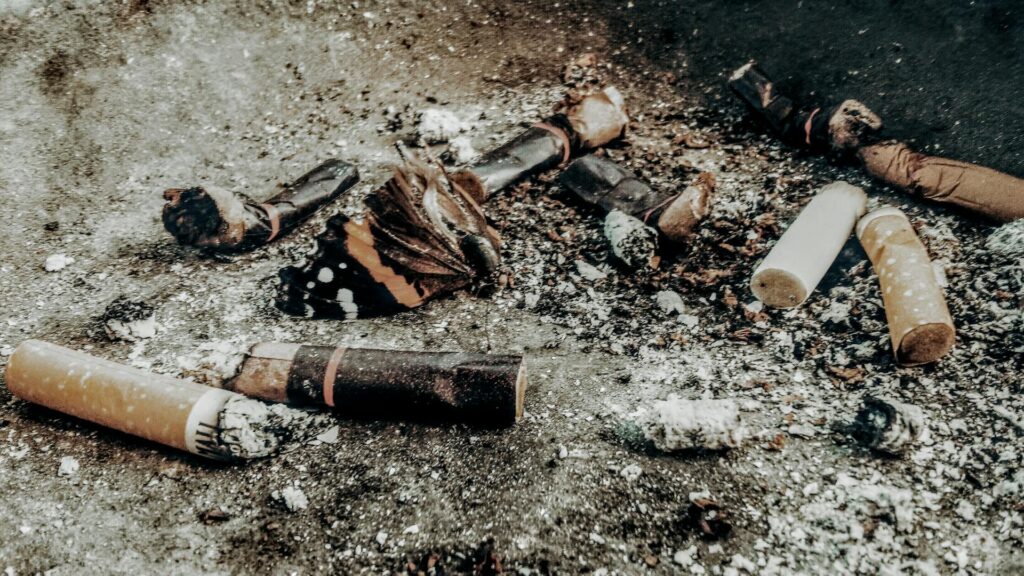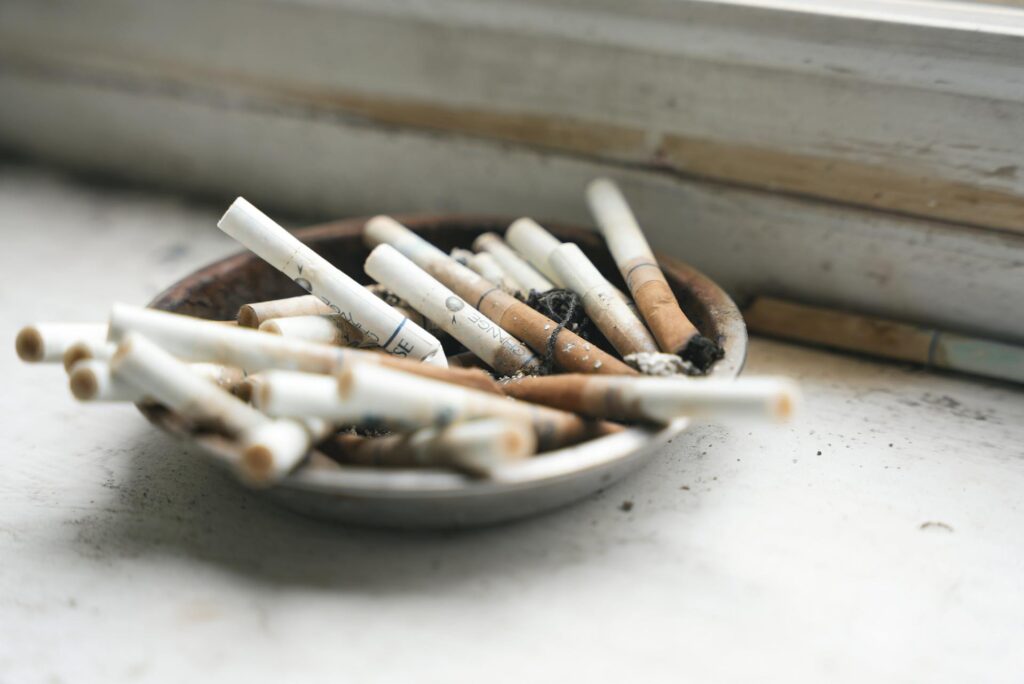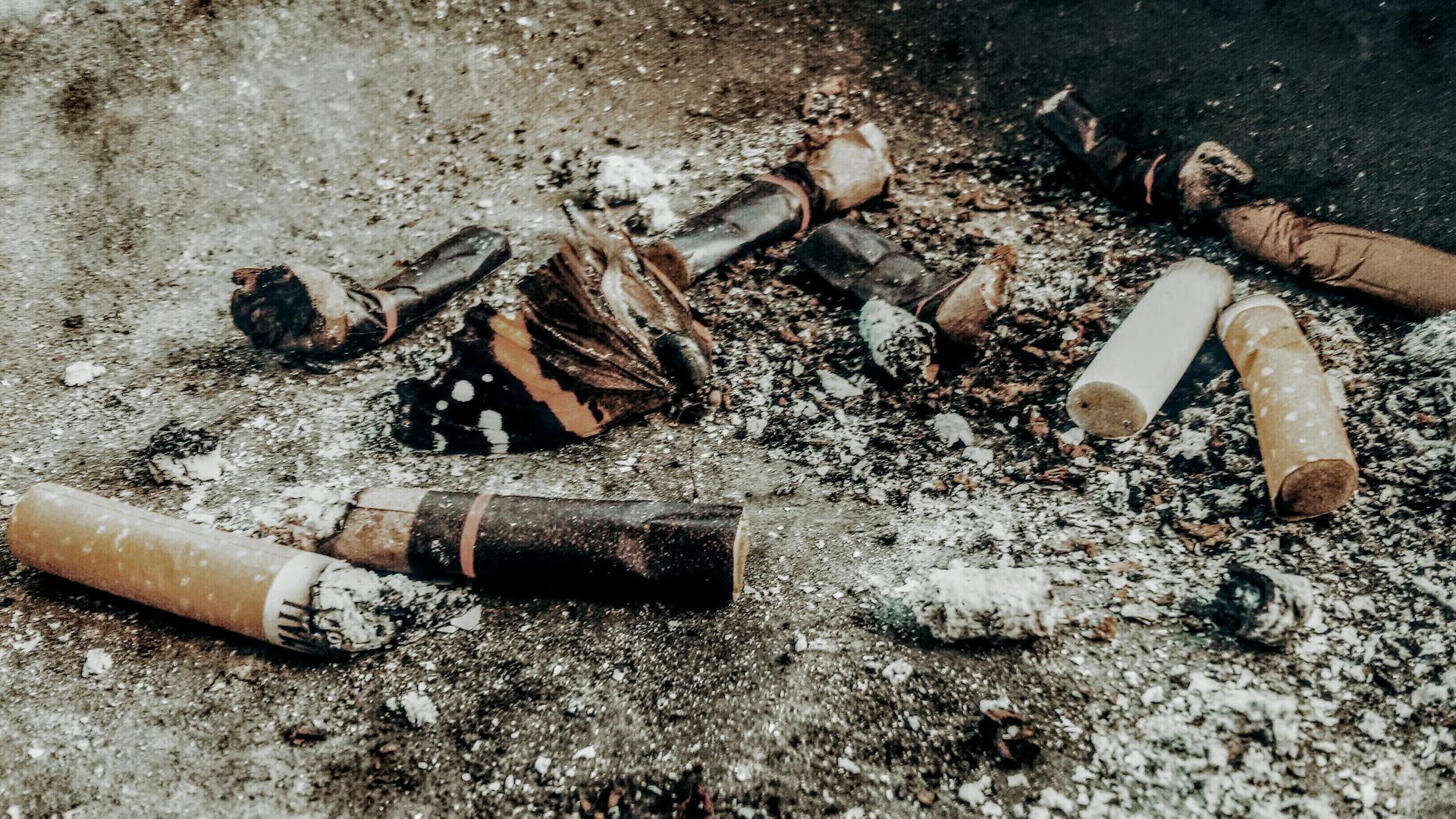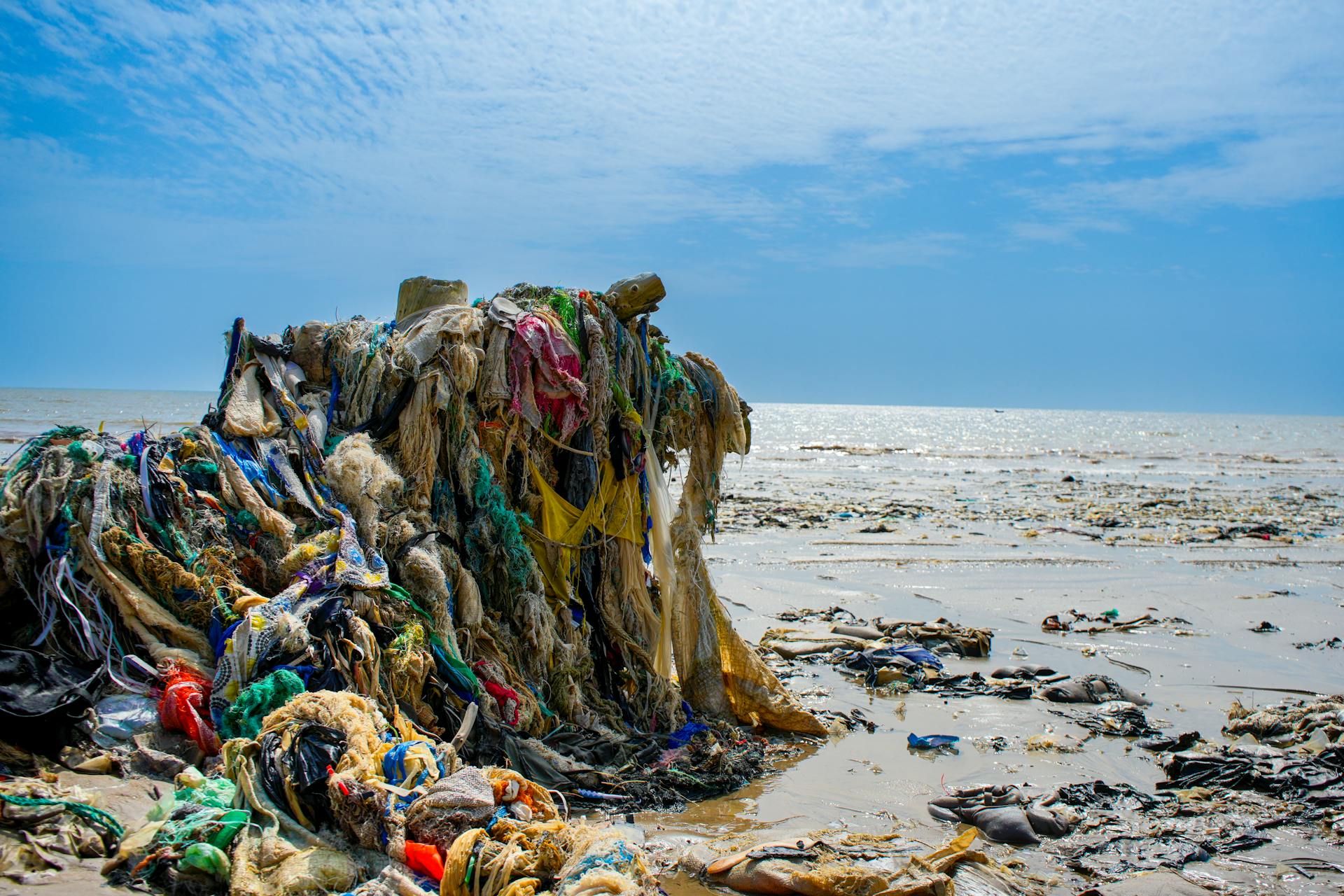History of Cigarettes
In the early 16th century, the streets of Seville saw beggars collecting discarded cigar butts, shredding the tobacco, and rolling it in scraps of paper to create makeshift cigarettes, known as cigarrillos, or “little cigars.” These improvised smokes gradually gained respectability by the late 18th century, spreading to Italy and Portugal, and further to the Levant and Russia via Portuguese traders. French and British troops encountered cigarrillos during the Napoleonic Wars, with the French coining the term “cigarettes.” The Crimean War, forty years later, introduced another generation of French and British soldiers to Turkish cigarettes, while simultaneously, the United States (US) began to see a rise in cigarette popularity. British smokers eventually preferred cigarettes filled with unmixed Virginia tobacco, while Americans developed a taste for blends including Turkish tobacco. The early 20th century marked a significant shift in societal attitudes toward smoking, particularly during World War I when the stigma against women smoking was broken. By the 1920s, smoking had become widespread among women in Europe and the US. However, the mid-20th century brought about a wave of research linking cigarette smoking to severe health risks such as lung cancer, emphysema, and heart disease. This led to significant public health measures in countries like the United Kingdom and the US, including a 1971 ban on tobacco advertising on television and radio in the US. As of March, 2024, numerous regions, including 29 states, American Samoa, the District of Columbia, Guam, the Marshall Islands, Puerto Rico, and the US Virgin Islands, have prohibited smoking in bars. Additionally, 35 states and several territories have banned smoking in restaurants. Globally, over a quarter of the population across 74 countries is protected by comprehensive smoking bans in public places, workplaces, and public transport.

Cigarette Butt Waste
Increased education and awareness have led to a decline in smoking rates worldwide. The World Health Organization (WHO) estimated that 33 percent of the global population used tobacco products in 2000, a figure that fell to about 20 percent by 2022. Despite this decline, smokers still purchase approximately 6.5 trillion cigarettes annually. While the tobacco and paper of cigarettes mostly disintegrate when smoked, the filters, or butts, often remain. These filters, primarily made of plastic and containing hundreds of toxic chemicals, are a significant environmental concern. Only about a third of cigarette butts are properly disposed of, with the rest being carelessly discarded. Cigarette butts are primarily composed of cellulose acetate fibres treated with titanium dioxide and bound together with triacetin. These filters can take up to 10 years to degrade, but the toxic chemicals they release, such as arsenic, lead, and nicotine, can persist in the environment much longer, contaminating water and soil systems. With each cigarette butt weighing around 0.2 grams, the global production of cigarette butts exceeds 1.1 million tons annually. Given that up to two-thirds of smoked cigarettes are improperly discarded, an estimated 340 to 680 million kilograms of tobacco waste litters the globe. Cigarette butts are the most common type of litter, consistently making up 30-40% of items collected during annual international coastal and urban cleanups since the 1980s. This widespread littering underscores the ongoing environmental impact of smoking, despite efforts to reduce its prevalence.
Environmental Impact of Cigarette Butt Waste
Cigarette butts are a significant environmental pollutant, frequently finding their way into waterways and eventually the oceans. They are a major source of microplastic contamination, with each filter containing approximately 15,000 microplastic fibres. These fibres can be shed at a rate of around 100 microplastic fibres per day into water. According to a WHO report, tobacco product waste harbors over 7,000 toxic chemicals, including known human carcinogens, which leach into and accumulate in the environment. The harmful chemicals leached from discarded butts, such as nicotine, arsenic, and heavy metals, can be acutely toxic to aquatic organisms. Just one cigarette butt per litre of water releases enough toxins to kill half of the freshwater or saltwater fish exposed to it. Cigarette filters, made from cellulose acetate, do not biodegrade under most conditions due to their compressed structure and the presence of acetyl molecules. However, under specific circumstances involving sunlight and moisture, the filters may break

into smaller plastic pieces, releasing some of the 7,000 chemicals contained within. Many of these chemicals are environmentally toxic, and at least 50 are known human carcinogens. Studies have shown that these harmful chemicals, including nicotine, arsenic, polycyclic aromatic hydrocarbons (PAHs), and heavy metals, leach from discarded tobacco product waste and can be acutely toxic to aquatic organisms like fish. Cigarette filters also negatively impact the microbial diversity of coastal sediments and the mortality of animals. When these chemicals are retained on land, they slowly degrade in the soil. This process allows numerous toxins to be taken up by plants, potentially entering the food chain. Microplastics from cigarette butts have been found in human tissues, raising concerns about their potential health impacts. Additionally, a recent study discovered that cigarette butts inhibit plant growth, further highlighting the environmental threat posed by this form of litter. The pervasive presence of cigarette butts in the environment underscores the urgent need for comprehensive waste management solutions and public awareness campaigns to mitigate their impact.
Solutions to the Environmental Impact of Cigarette Butt Waste
Various strategies have been proposed to mitigate the environmental impact of cigarette filters, including prohibiting filter ventilation to make cigarettes less appealing and promote smoking cessation by setting low maximum standard tar, nicotine, and carbon monoxide yields. Plain packaging legislation aims to remove colour as a distinguishing feature across cigarette packs, breaking the association between packaging elements and filter ventilation. Additionally, labelling filtered cigarettes with warnings to advise smokers to dispose of the product responsibly, implementing deposit/recycling laws where a deposit is paid upfront and refunded when used cigarettes are returned, and imposing a waste tax on cigarettes to fund environmental research and cleanup efforts have been suggested. Holding the tobacco industry accountable through litigation, mandating biodegradable filters in cigarette production, enforcing fines for littering cigarette butts, and increasing consumer education and responsibility are also among the proposed solutions.


